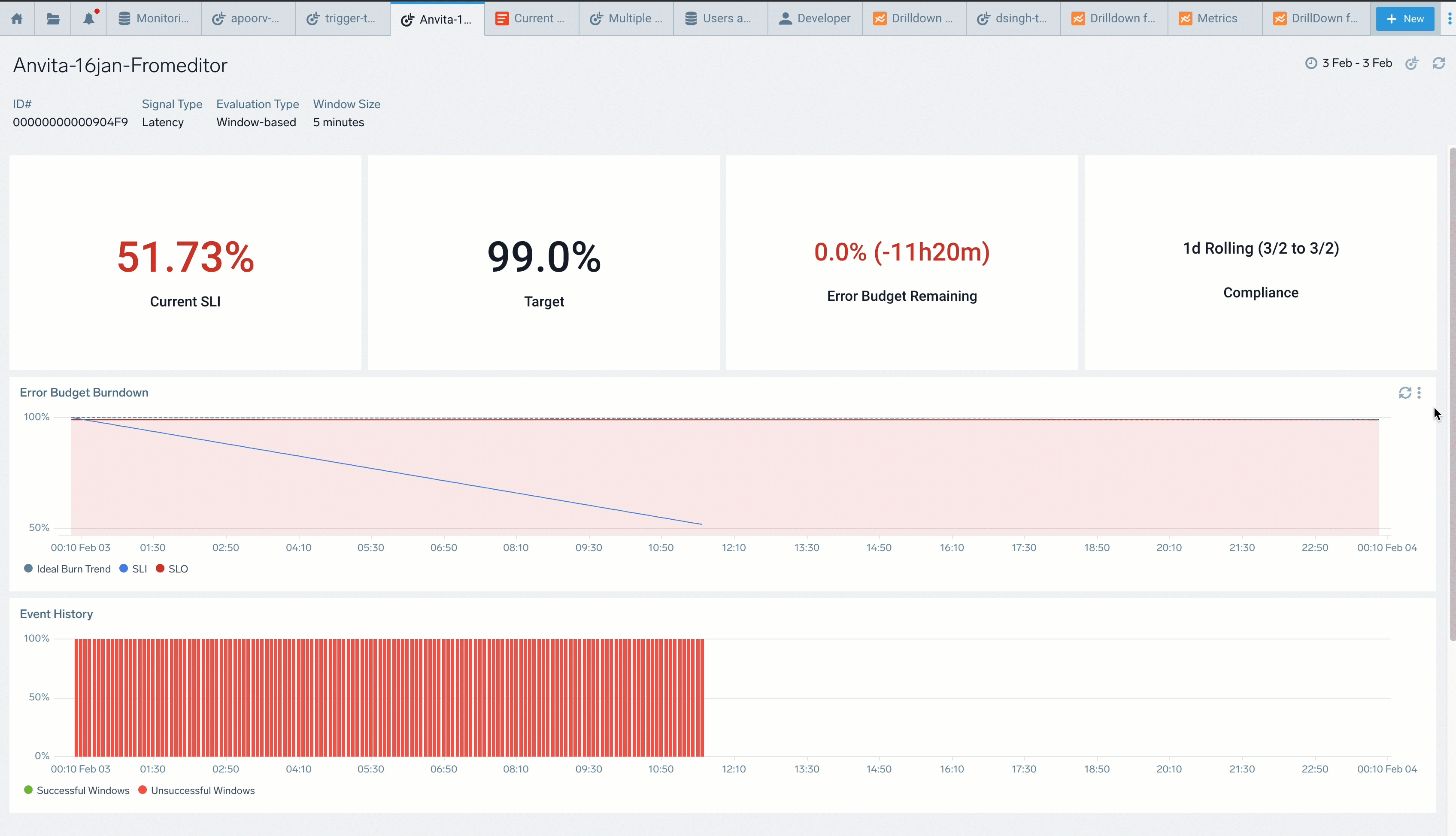Beta - To prepare for Dashboards (Classic) deprecation in late 2023, we've released a tool to assist you with migrating from Dashboards (Classic) to Dashboards (New). You can access this tool directly from a Classic dashboard page by clicking on the Migrate to new dashboards link at the top of the page.
For more information, including the current limitations of the tool, see Migrate Dashboards. Start planning and migrating your Classic dashboards now. You can learn more from our Community page.

